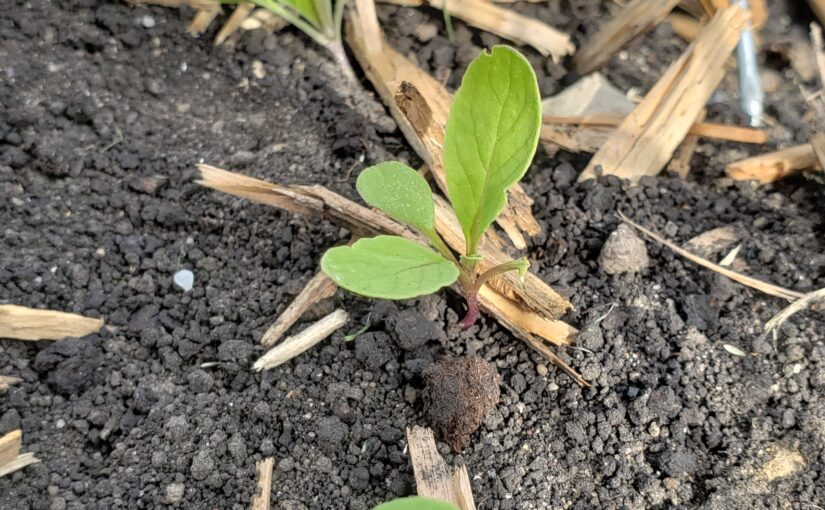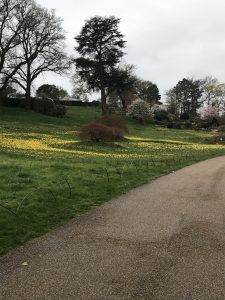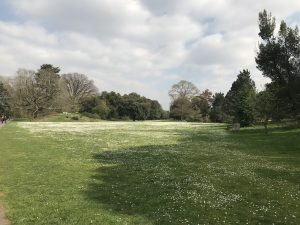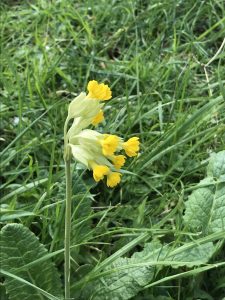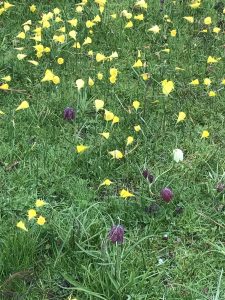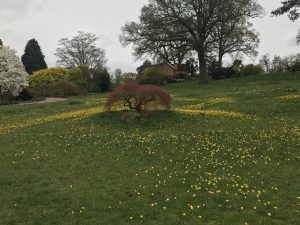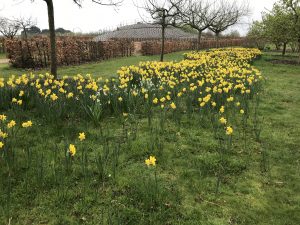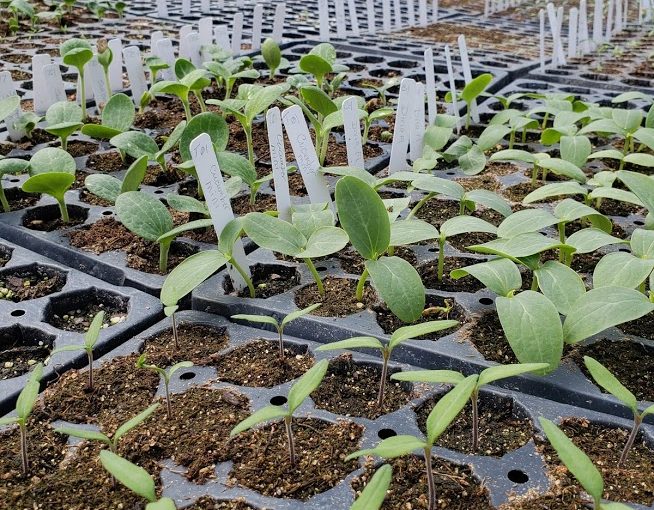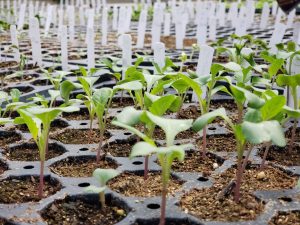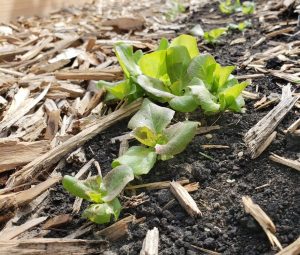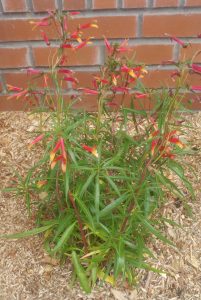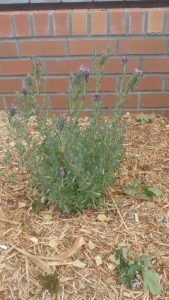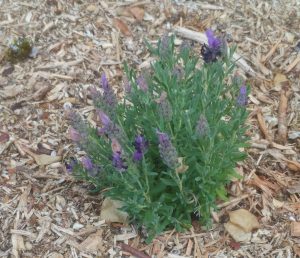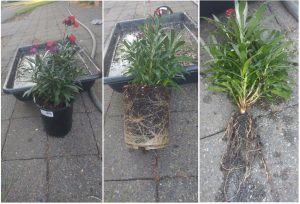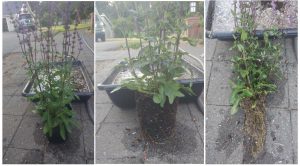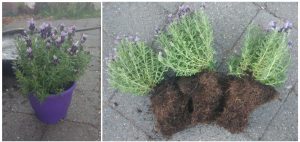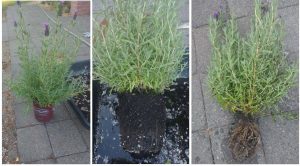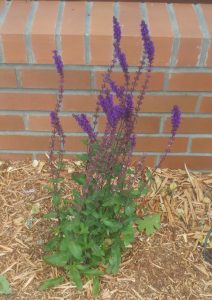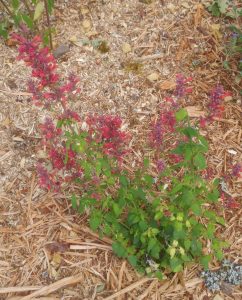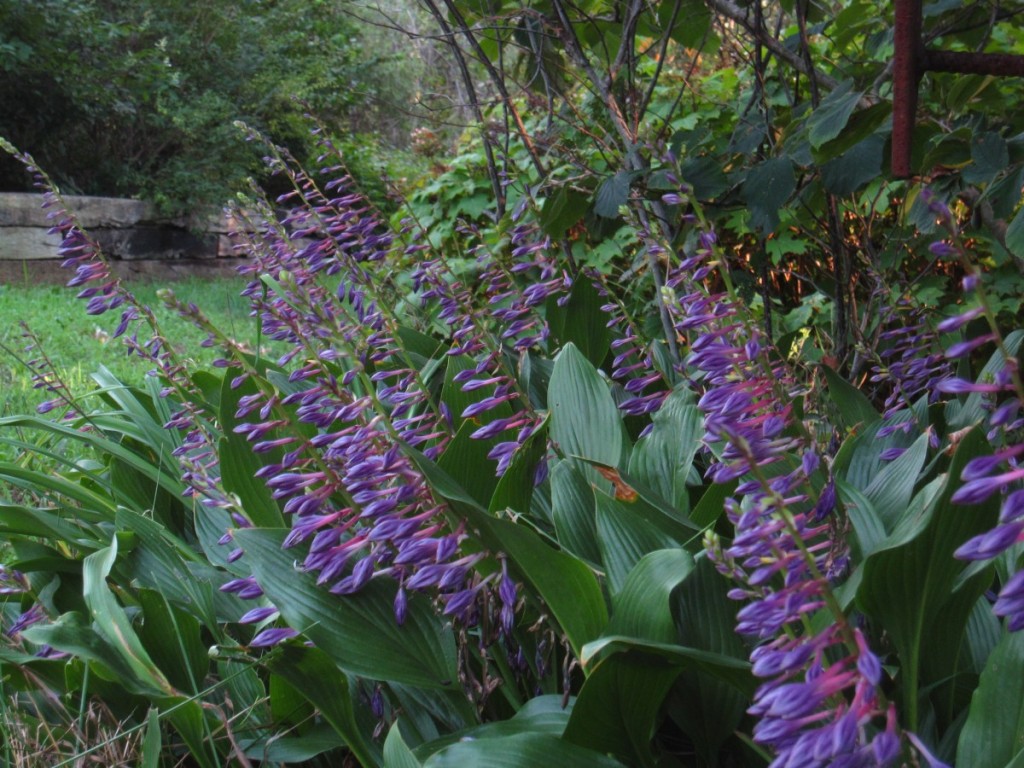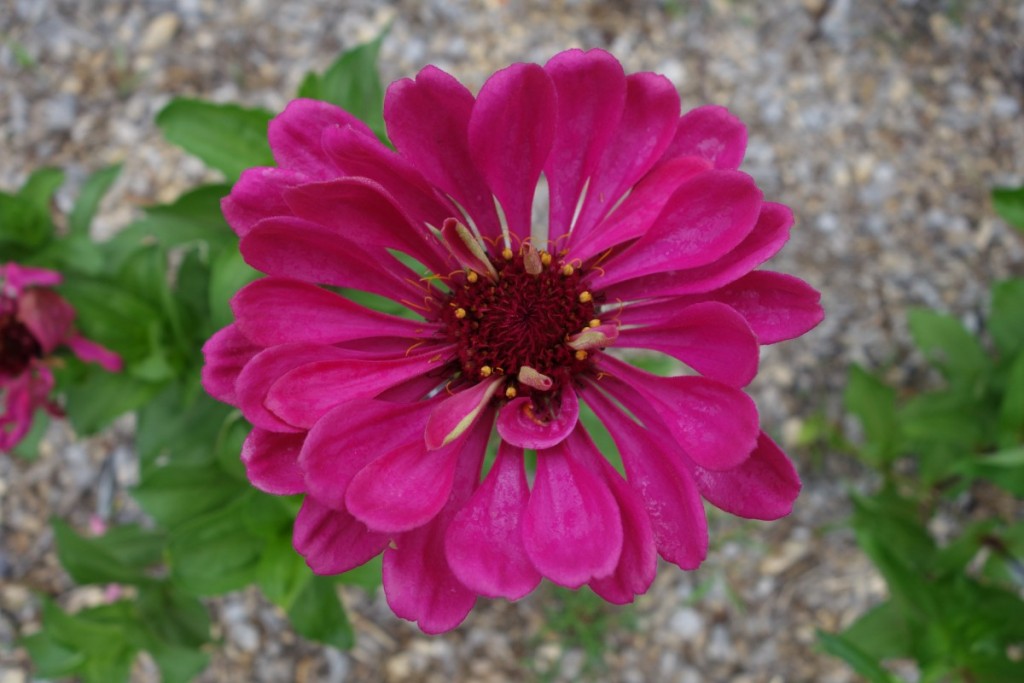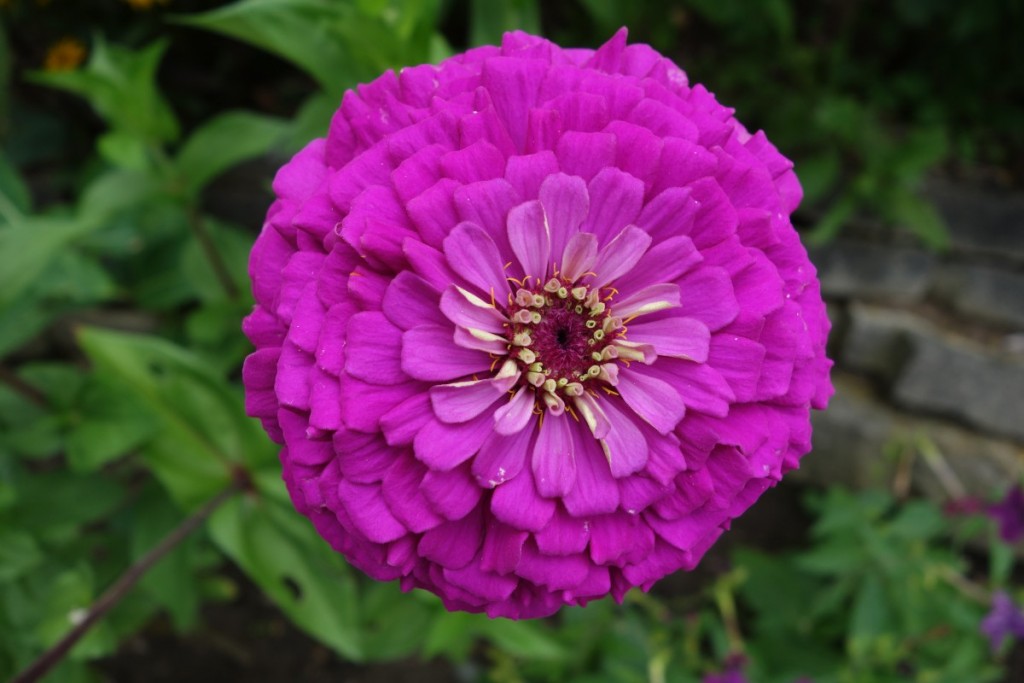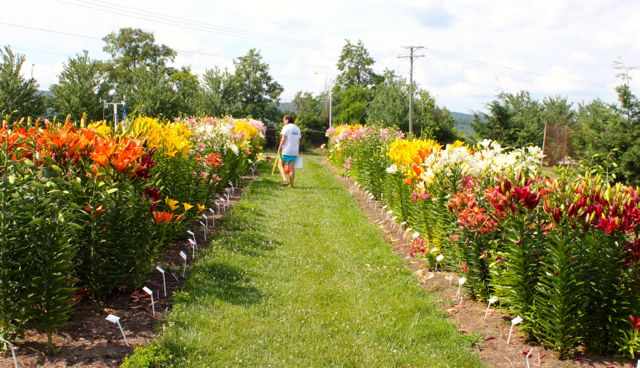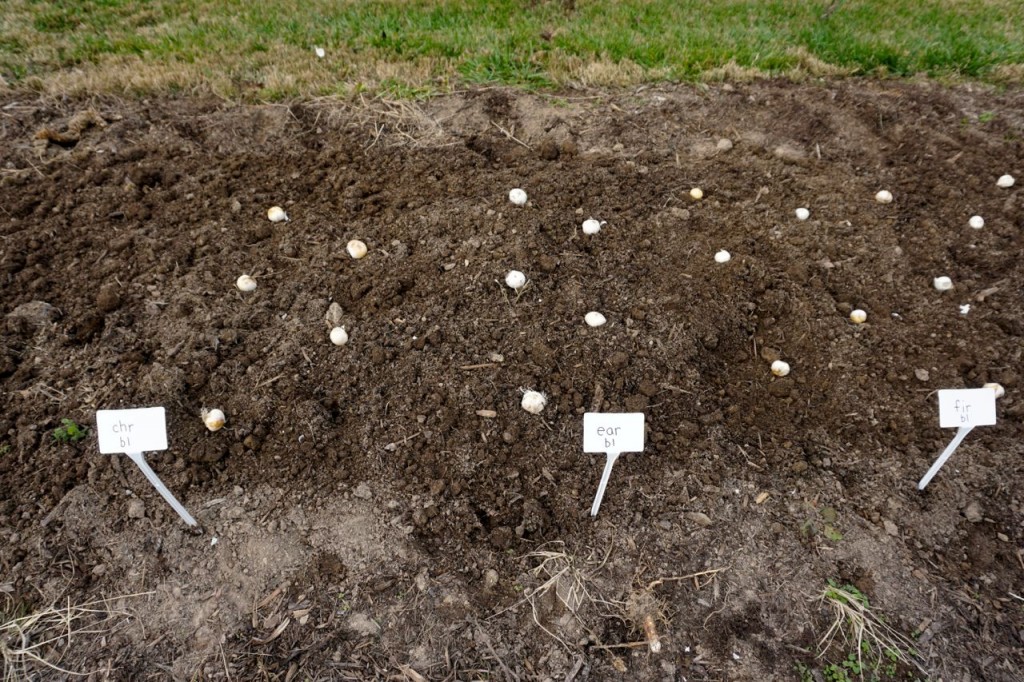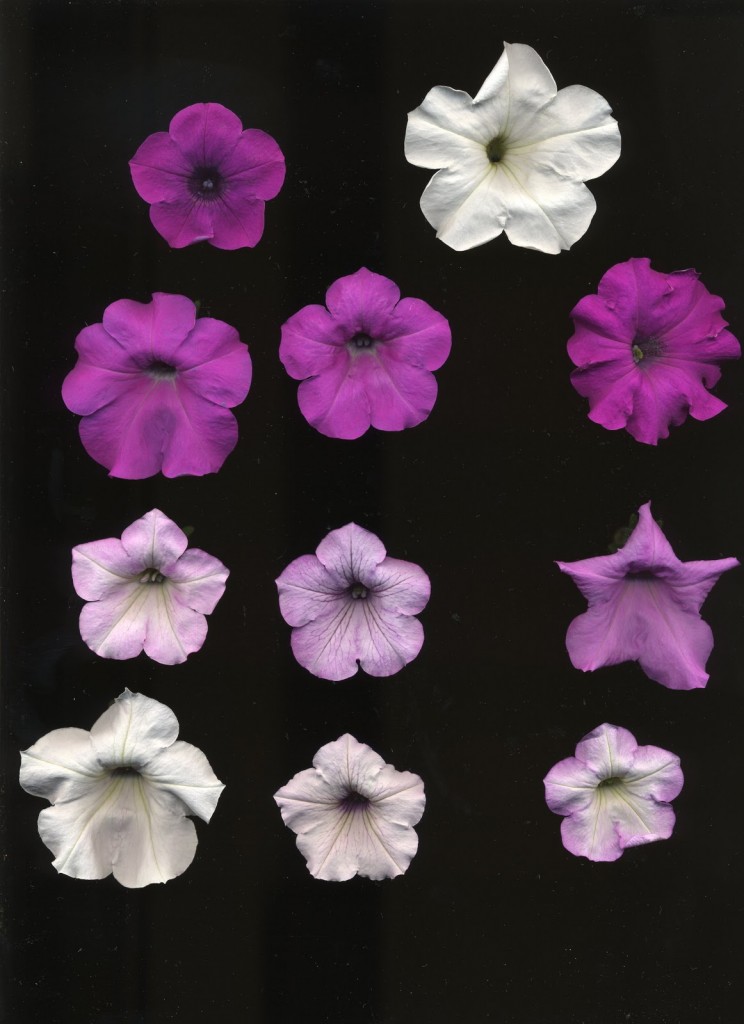For many gardeners around the US (and the northern hemisphere) the weather is warming up for spring planting season and many are itching to get out in the garden. But when is the right time to plant those veggies and flowers and not gamble on their success? Just like Kenny Roger’s character in The Gambler, knowing when to do something is important (this is where I’ll end the cheesy comparison – you’ve just got to come up with a catchy title sometimes).
I’ve spoken previously on this blog about understanding frost dates, which is important for planting warm-season crops like tomatoes, peppers, and cucumbers that won’t survive a frost. (You can read that article here.) But another temperature factor we must consider, especially for cool season plants that we plant BEFORE last frost is the soil temperature.
Soil temperature is especially important for direct sowing seeds in the garden, but it can also affect the success of transplants planted in the garden. For transplants, having an appropriate soil temperature supports root growth and development and helps plants get established faster.

Why soil temperature matters for seeds
For direct sowing of seeds, soil temperature has a major effect on the speed of germination, which also affect the success rate of germination. Each different seed has a different optimum temperature for germination. If the soil temperature is below, or above, that level then germination can be slowed down. Slow germination can decrease germination rates through a few different avenues:
- Germinating seeds are vulnerable to infection or decomposition by fungi and bacteria in this soil. When starting seeds indoors, this can be limited by using a sterile seed starting mix. But when direct sowing outdoors, there are any number of fungi and bacteria in the soil that will decompose a struggling seed/seedling. Some seeds sold for large-scale production will have a coating of fungicide on them that will provide a few weeks worth of protection. You won’t likely find this on home garden seeds, but it might appear if you buy seeds from a farm supply store or a catalogue that caters to farm-scale producers.
- Seeds have a finite amount of stored energy. Once germination begins, the respiration rate of the embryo in the seed radically increases. If germination is slow, the embryo can expend the stored energy before the seed leaves emerge and start producing energy to support the developing seedling. (This also occurs if you plant the seed too deeply).
Below is a graphic I made for Nebraska featuring the best soil temperature range for major vegetable crops (notice how it also lines up with last frost dates). Just ignore the info on frost dates for Nebraska, unless you live in Nebraska.

Most of the resources you’ll find on soil temperature and germination are for vegetable crops. If you are trying to start seeds of ornamentals, you’ll likely have to find the information yourself. The seed packet will give you some indications of when to sow (before/after frost, or maybe in the fall for overwintering to break dormancy) and you can search online for guidance for specific plants. For info on starting seeds indoors, check out this previous article I wrote on the subject.
How to measure soil temperature
Of course, the tried-and-true old fashioned way is to use a thermometer. You can find a soil thermometer at many garden centers and retailers. You’ll want a soil thermometer because the ones for your kitchen likely don’t have the right temperature range – we’re measuring well below the temperature of a roasted chicken here. Instert the thermometer two to three inches into the soil and wait several minutes for the temperature arm to adjust before reading. Also keep in mind that temperatures fluctuate with the weather and throughout the day depending on temperature and the amount of direct sunlight hitting the soil surface – so you want to measure a few times to make sure the temperature is staying within the right range.
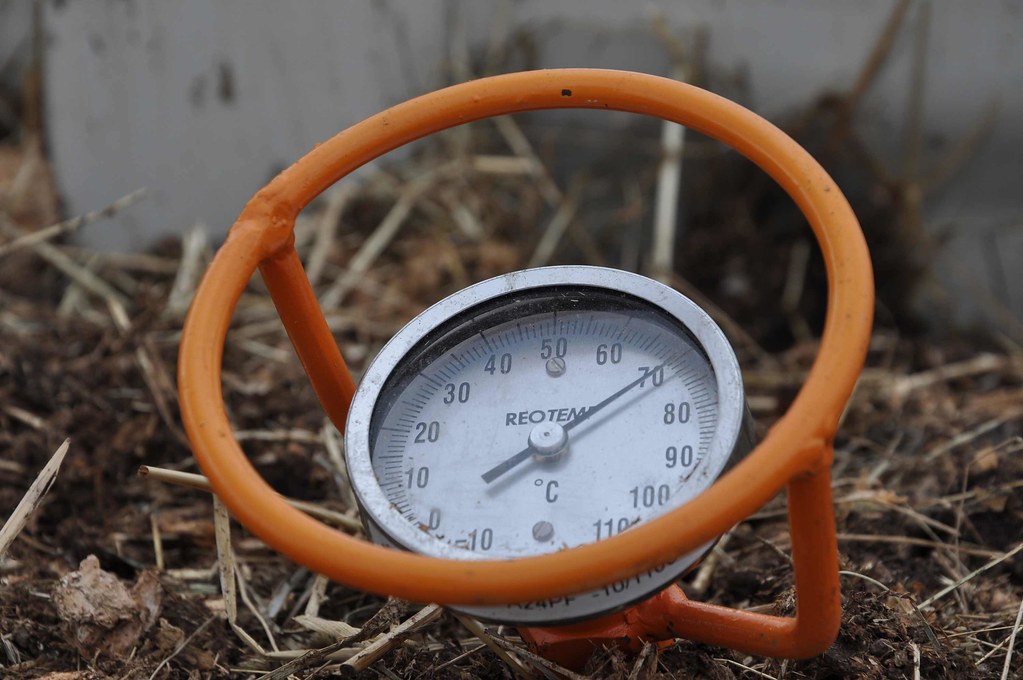
Now, the new technological way is to find a soil temperature monitoring station online. Soil temperature monitoring is a common feature of many weather stations these days and data is more available than ever. Many university extension services or ag research centers compile soil temperature maps for use by farmers and this data is also often accessible through NOAAA or weather.gov. In Nebraska, we have an extension program called CropWatch that provides average daily and weekly soil temperatures year round. We also have a weather station with soil temperature probes at our extension office (perks of having a meteorologist as a master gardener volunteer) and we (and our master gardeners) use it when providing information to clients. It can be hard to find a resource that provides soil temperatures nation-wide to share in the patchwork of private and public stations (and the National Weather Service site can be notoriously hard to navigate). There are a few online resources from the ag industry that provide a country-wide system, like this one.
And now its time for me to walk away, time for me to run
Unlike The Gambler you don’t want to wait until after the plantings done to count your money, er, check the temperature. Remember that knowing the soil temperature, whichever method you use, will help your plants succeed in the garden. If you do, your garden could pay out bountiful winnings all through the season.

